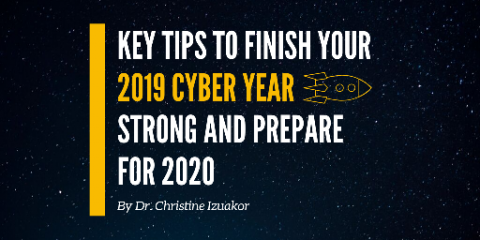Workforce Management Software
Workforce management, often shortened to simply WFM, is about managing staff schedules and services within companies. Workforce management software incorporates most software that focuses on managing and simplifying the process of scheduling staff work hours as well as managing their work and productivity. Managing large amounts of staff members turns into a massive task for human resources teams if they have to do everything manually.



